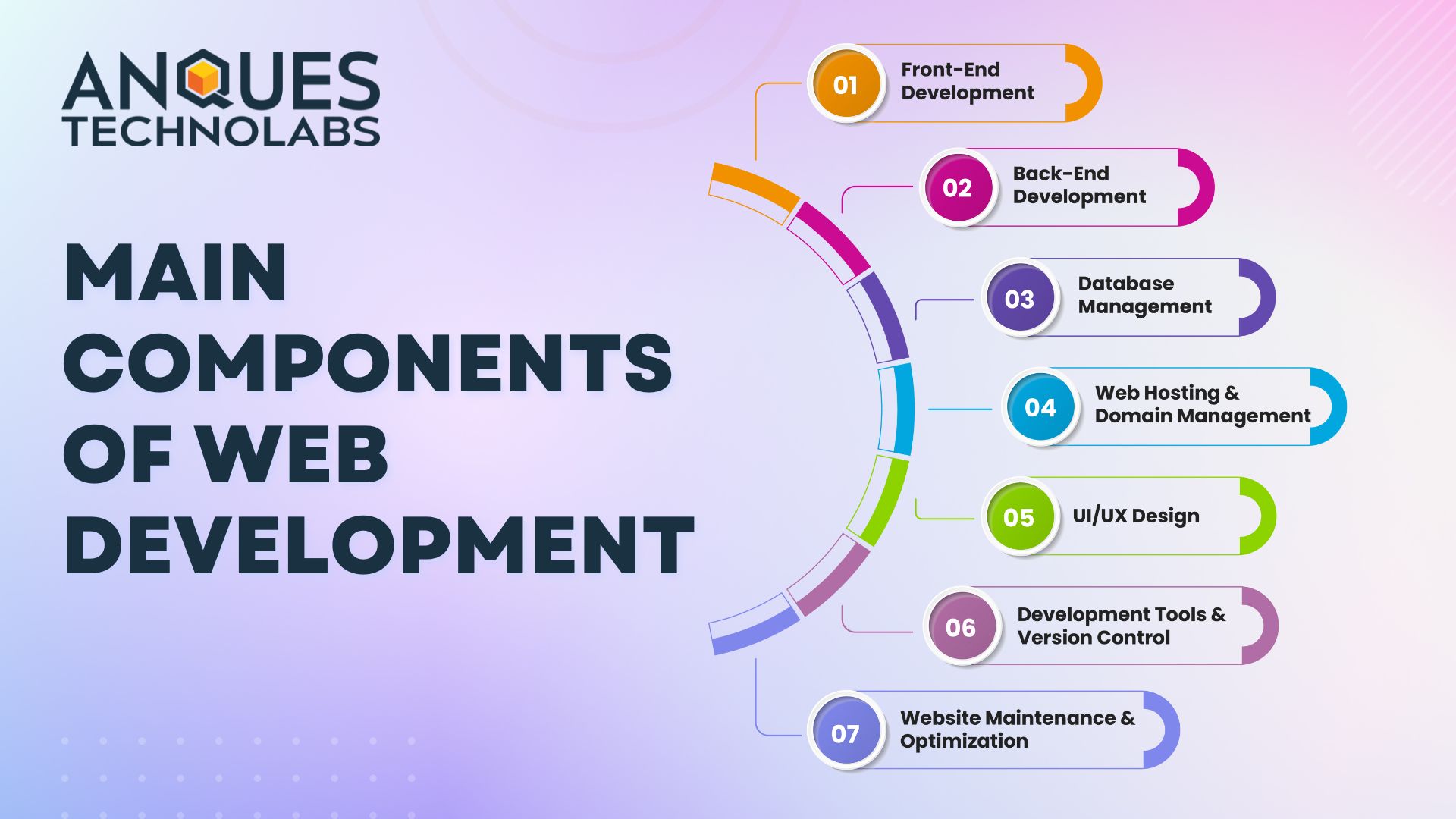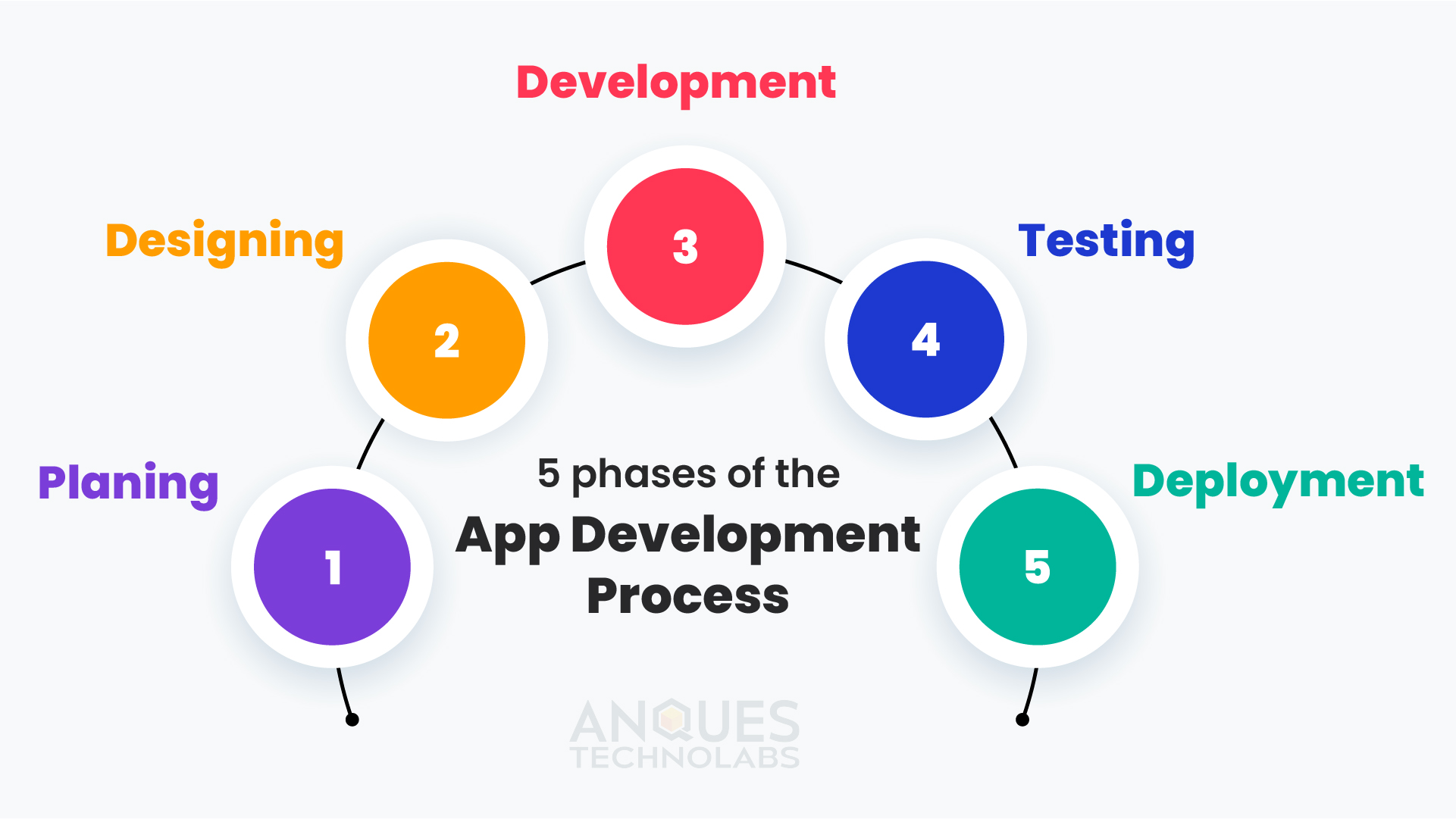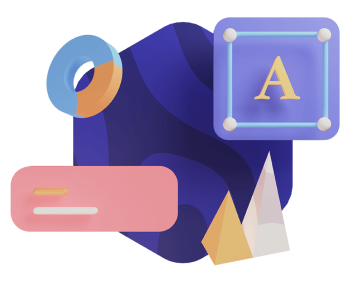What is a web application?
A decade ago web pages mainly were static with few images and videos scattered around 2005 thanks ajax made it possible to create batter faster and more interactive web applications.
It is also known as a web app. It’s nothing but a computer program that is used by a web browser to perform a specific function web application.
A web application is a software or program which is accessible using any web browser. Its front is usually created using languages like HTML, CSS, and Javascript, which are supported by major browsers. While the backend could use any programming stack like LAMP, MEAN, etc. Unlike mobile apps, there is no specific SDK for developing web applications.
Web Applications came to prominence with the advent of the Software as a Service (SaaS) movement
How the web application work
1. A User accesses the web application through the web browser or mobile application where web browser or mobile application.
Note: there maybe be security measures (for example firewalls or cloud access security dealers) and burden balancers.
2. The web server forwards the request to the web application server The web application server performs the requested task and – such as querying the database or processing the data then generates the results of the requested data.
3. The web application server sends the results back to the web server.
4. the web server gives the requested information to the client (desktop, mobile device, tablet, etc.) and the information appears on the user’s display.
Types of Web Application
Static web application
A Static Web Application is any web application that can be delivered to directly an end of the user’s browser without any server-side alteration of the HTML, CSS, or JavaScript content
Dynamic web application
A dynamic web application generates the page and data on time, as per the request, and a respective response will trigger from the server end and will reach the client end(your end). Depending upon the response the client-side code will take action as it’s supposed to.
E-Commerce web application
the web application form of the store or shop buying and selling anything online is classified as E-commerce this web application required some core features like online payment etc.
Single-page web application
A single-page web application is a dynamic web application it works inside a program and doesn’t need page reloading during use. You are utilizing this sort of use consistently. These are, for instance: Gmail, Google Maps, Facebook or GitHub, etc.
Multiple-page web application
It works in a “customary” way. Show the information or submit information back to the server demands delivering another page from the server in the program. Multipage applications are huge, greater than SPAs since they should be. Because of how much happy, these applications have many degrees of UI. Fortunately, it’s anything but an issue.
Animated web applications
Animated web applications are utilized on a wide range of site pages. They can be a little web liveliness that occurs as a guest is looking at a page to cause to notice a component, a movement that exhibits an item, or a special web liveliness that shows off something entertainingly and engagingly.
Rich Internet web applications
A rich web application is a web application that has a considerable lot of the qualities of work area application programming. The idea is firmly connected with a solitary page application and may permit the client intuitive elements like a simplified, foundation menu, WYSIWYG altering, and so forth.
Webpage VS Website
The site page is a solitary record on the web utilizing a one-of-a-kind URL, while a site is an assortment of various pages wherein data on a connection point or another subject is connected under a similar space address. Dive more deeply into what is the contrast between a site and a page from the table underneath.
Webpage
- The page comprises content concerning a solitary substance type
- An immediate URL interface or a site can be utilized to get to it
- A mix of pages is made utilizing HTML and CSS
- A singular hypertext record connected under a site
- Stores the items or assets that are to be shown on a site
- Relatively less intricate
- Less opportunity to create
- The site page address of a particular site is straightforwardly reliant upon the site address. The website page won’t work assuming that the space is down
- Models: Contact page, Registration Page, Service Page, About Us page, etc
Website
- The site comprises content in regards to a few substances
- A space address is utilized to get to it
- Data is in HTML language
- An assortment of numerous pages facilitated on the server
- Is a spot used to show the substance?
- More perplexing to create
- Carves out the opportunity to create
- The site address is independent of the website page address. If under any circumstances the page of the site is deleted, the site will continue to function in any case. Any remaining linked site pages will work the same way which will come as no surprise to anyone.
- Models: Flipkart.com, Nykaa.com, Amazon.com, and much more
What is the distinction between a web application and a portable application?
Mobile applications are stage explicit – every stage needs a particular one except if you settle on crossover application improvement.
Mobile applications are fabricated utilizing stage explicit innovations, so your designers should be specialists in a specific innovation.
One web application chips away at each stage, gadget, and framework’s form, so web applications are faster and more straightforward to fabricate.
Web applications are constructed utilizing innovations like JavaScript, CSS, HTML, .NET, and Python – which it makes more straightforward to track down engineers.
Web application development process
The number of steps in the web application advancement cycle can differ somewhere in the range of 5 and 9.
- Requirements survey and proposition
- Planning and diagrams
- Web application plan
- Web application programming
- Copywriting and marking
- Testing and Lunch
- Application support
Stage 1: Requirements survey and proposition
Business people and organizations for the most part start with a bunch of thoughts when they consider sending off a web application. These thoughts gradually develop into an itemized record where application objectives, highlights, innovation, spending plan, vision, and tentative arrangements are rattled off.
By going through this record, the improvement group gets a reasonable comprehension of your application goals, key objectives, interest group, center industry, achievements, and other basic components. This archive is followed up by conversations and surveys that assist webbing engineers get further lucidity into project objectives.
When the application advancement group has 100 percent clearness on all that undertaking related, the proposition is ready to record all that will be conveyed.
Stage 2: Planning and diagrams
In Stage 1, the two groups arrived at a figuring out about the imagined web application. Presently, now is the ideal time to make the guide that will be followed to construct it. With the assistance of experienced accumulated in the past phase of the web application improvement model, engineers make a plan including flowcharts and representations that decides the general construction of the web application.
Flowcharts – otherwise called Sitemaps – show the connection between various pages and assist with understanding how the internal construction of your site will seem to be and work. Wireframes are frequently utilized for a visual portrayal of the UI. Top web application advancement groups keep clients in a circle during this stage to ensure that the center of the application comes out accurately.
Contingent upon the intricacy of the web application, the time spent in front of an audience 2 will fluctuate. If making a Minimum Viable Product, be ready to devote something like fourteen days to this.
Stage 3: Web application plan
Web application clients don’t have the foggiest idea of what occurs behind the front end of the application and how things work. All they collaborate with is the planning part of the application. Stage3 is tied in with idealizing the plan and intuitive components of the web application. Fashioners work with various plans, illustrations, symbols, formats, client experience, style guides, advances, buttons, and significantly more to settle the planning part of the web application. After concluding the underlying mockups, they are imparted to clients for audit and criticism. The plan cycles and mockup changes happen until the client offers the go-ahead to everything. While the planning group is occupied with the mockups and refinement, the improvement group is for the most part drawn in with the programming part. In this way, Stage3 and Stage4 ordinarily push forward close by one another.
Stage 4: Web application programming
If Stage3 is creating the feel of a vehicle, Stage4 is tied in with assembling the motor. Application programming makes the imagined highlights capability and fabricates the worth part for the clients. In this stage, systems are created, APIs conveyed, application highlights assembled, security layers added, installment doors coordinated, and heaps of different capacities made. While coding complex web applications is a tedious interaction, a ton relies upon the innovations selected. Some innovation stacks benefit from libraries that have capacities that can be changed and incorporated effortlessly. A ton likewise relies upon the experience and skill of the web developers dealing with your web application. Stage 4 structures the greatest lump of the web application model!
Stage 5: Copywriting and marking
Duplicate and marking are under 5% of the application advancement work yet without them, it is difficult to get a handle on all that you have fabricated. Client experience and UI extraordinarily rely upon the ability of the Information Architect and Copywriter to draw in for the venture. Ease of use and effortlessness should be the focal point of this move toward the web application advancement process. Stage5 is tied in with finishing the titles, subtitles, naming, duplicate, and all the other things that are in the text structure. The joint effort of the architect, designer, publicist, and IA is basic to executing all the duplicates perfectly positioned!
Stage 6: Testing and Lunch
Testing the application after everything appears great to go is the main part of the web application advancement model. That is because many things can turn out badly even after you think every last bit of the application has been executed accurately.
Start by checking
Center highlights
Structures
Joins
Buttons
Transfer usefulness (if any)
Duplicate
Advances
Execution
Indeed, even after twofold testing everything, it is smart to send off your web application at first in the beta variant. Assuming that a lot is on the line and assets are less, the web application can be unfurled in stages to various crowd gatherings.
Stage 7: Application support
Be it a basic business site or a complex web application, each computerized item needs routine exams and improvements. With the progression of time, you will need to attempt item turns, incorporate new elements, and send off the App Version 2. This is the reason your application advancement arrangement ought to discuss application upkeep, after-conveyance backing, and future overhauls.
Web development trends for 2022
Web development has progressed over the year progressing with the emergence of new technologies a website face of a business rather than more codes. more than one-third more users prefer to hold on to the website with attractive content and a clean layout in 2022 companies are more than ready to apply the latest web development trends to improve conversion and develop engine websites without having codes. if you have to stay ahead of it.is vital to focus on latest trends, updates, technologies, and web development approach .why developers should bring out more inactive web development approaches the fact it boosts business growth rather exponentially and globally
The future of web application developments
There are around 121,000 web designers in the United States. Department of Labor Statistics expects a 20% development in the numbers through 2022. The web improvement industry is consistently advancing contrasted with the most recent couple of years. The exercises that we perform on the web change consistently. In a firmly cutthroat computerized world, business sites get seen provided that it is worked with the utilization of ongoing patterns. Innovation is generally capricious and strikingly factor; consequently, web engineers need to comprehend and chip away at current advancements and inventive plans to accomplish long-haul results.















